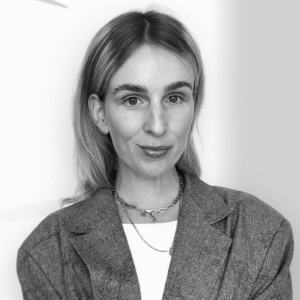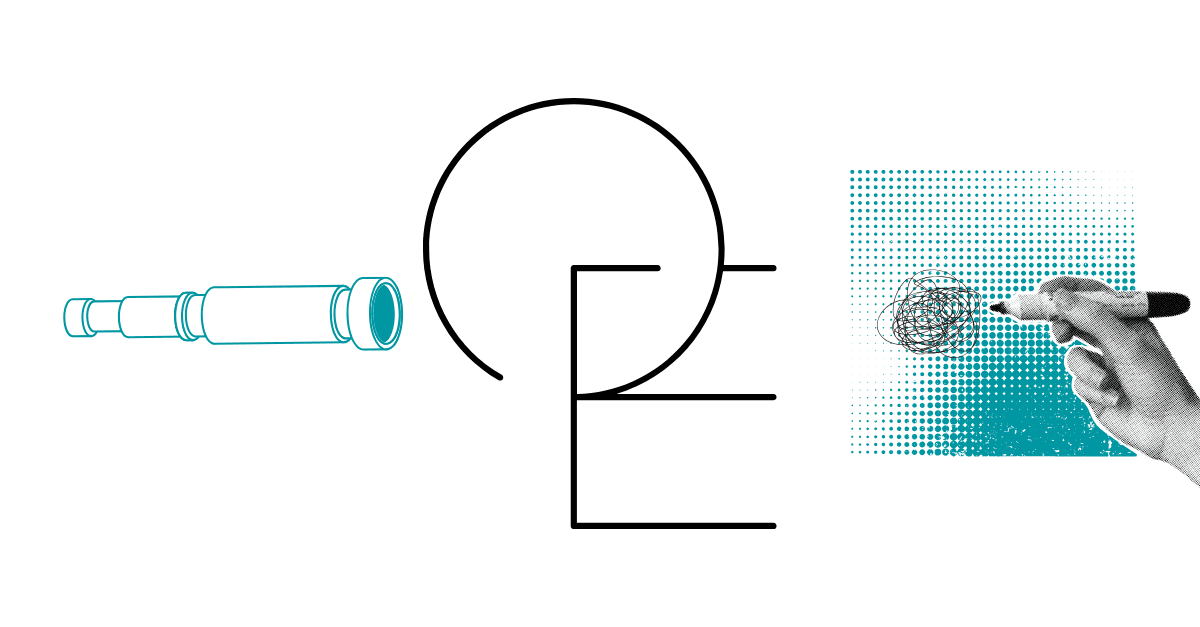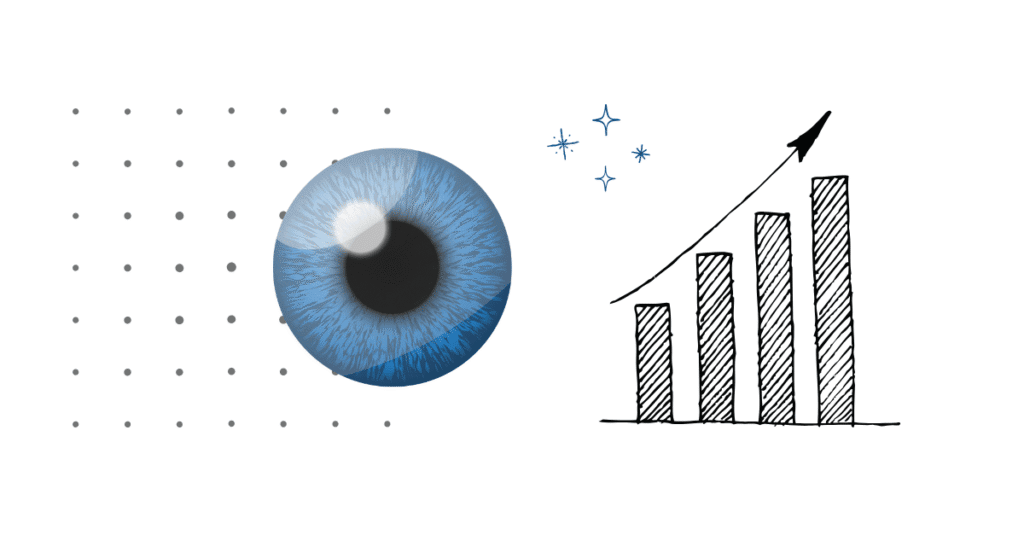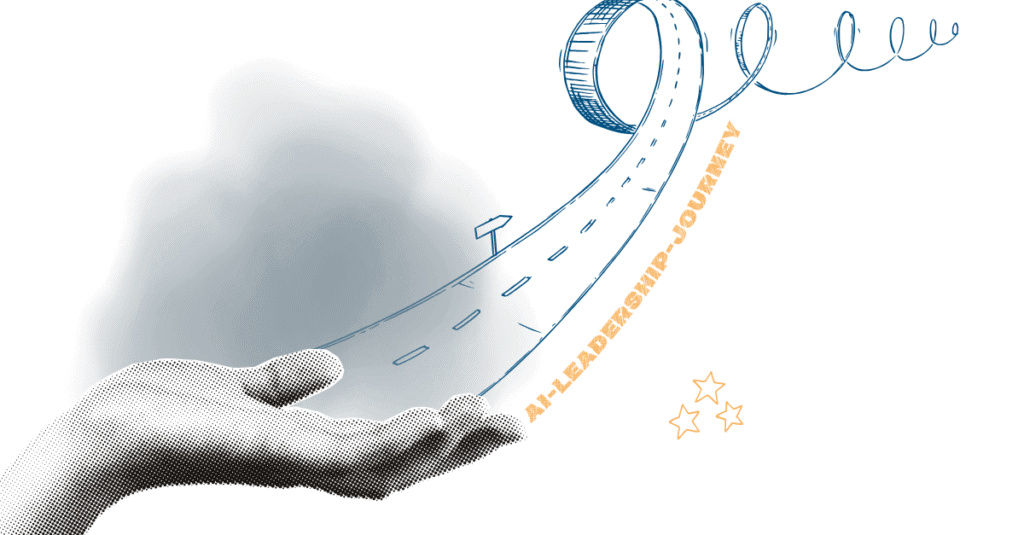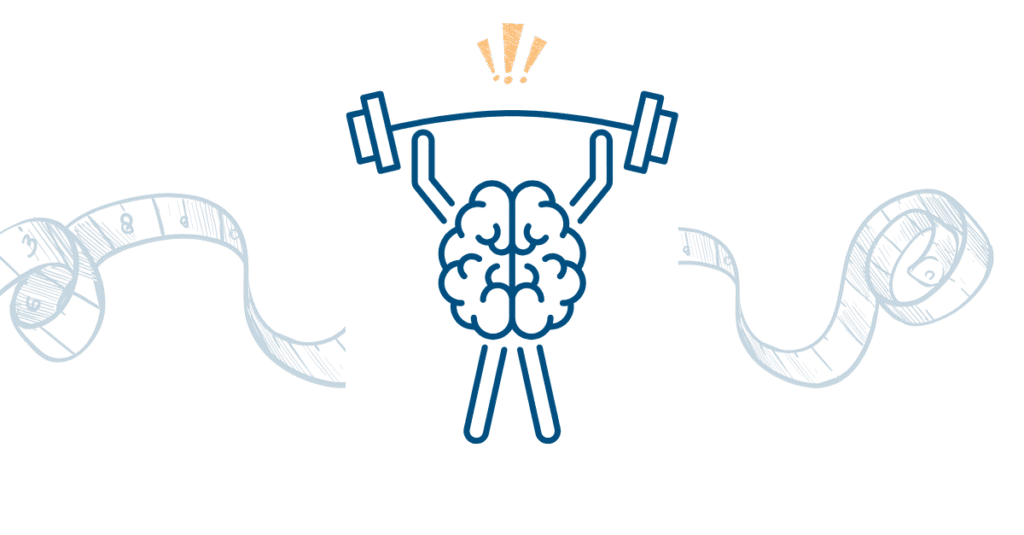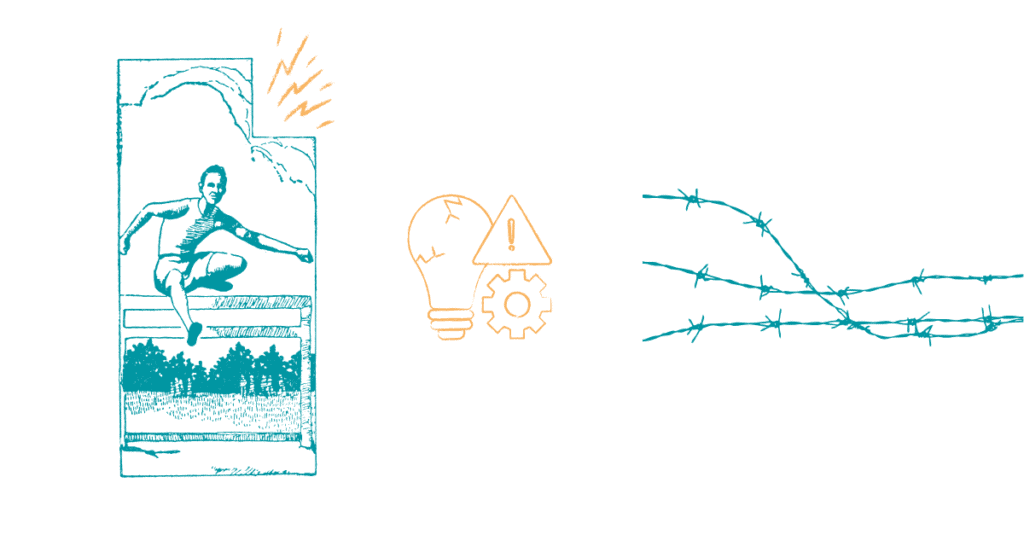How does real transformation succeed – beyond buzzwords and PowerPoint slides? We explain the phases that successful organizational development goes through, the typical pitfalls – and how you as a leader can actively and sustainably shape change.
What does organizational development actually mean?
The term sounds big. Complex. Maybe even a bit unwieldy. But at its core, organizational development is about something very concrete: How can we, as an organization, become better – together, sustainably, and with a future-oriented mindset?
Organizational development – often abbreviated as OD – encompasses all measures that help an organization consciously evolve. The focus is not only on processes or structures but especially on people: their collaboration, their mindset, their way of leading and making decisions.
Key characteristics of organizational development:
- It is participatory – meaning as many people as possible actively contribute to the change.
- It is systemic – it considers the bigger picture, not just isolated problems.
- It is process-oriented – the path is just as important as the goal.
- And it is culturally effective – because without cultural change, every structural reform remains superficial.
Organizations don’t change just because it’s written in a strategy paper. They change when people move – with clarity, purpose, productivity, and real involvement.
And how is that different from change management?
While change management often targets individual changes (e.g., a new software or a new team setup), organizational development thinks bigger and more long-term. OD aims not just to solve symptoms but to improve the organization’s ability to adapt – its capacity to continuously respond to new conditions.
In a constantly changing world, this ability becomes a key success factor.
An overview of the classic phases of organizational development
Change is not random – it follows patterns. Anyone wanting to consciously develop organizations should understand the typical phases of a change process. Because: only if we know where we are can we meaningfully shape the next step.
Over the years, several phase models have become established in organizational development. They differ in detail but are all based on the idea that transformation can be divided into clearly structured developmental stages.
Three-Phase Model by Kurt Lewin: Unfreeze – Change – Refreeze
Social psychologist Kurt Lewin was one of the first to describe organizational change as a process. His model remains a classic – because it is highly effective despite its simplicity:
Unfreeze:
Old patterns, routines, and beliefs are questioned. An initial tension arises, which makes change possible in the first place. Emotional communication is especially important in this phase: Why should we change?
Change:
New structures, processes, or ways of thinking are introduced. The organization is in a transitional state – often marked by uncertainty but also openness and creativity. Leaders are now especially challenged to provide orientation.
Refreeze:
New ways of working are anchored in daily routines. The goal is to establish new habits and secure the change sustainably – culturally, structurally, and emotionally.
Important: Without conscious “refreezing,” teams risk falling back into old habits – especially when day-to-day operations become more hectic again.
Kotter’s 8-Step Model: Designing change strategically
John P. Kotter, professor at Harvard Business School, expanded Lewin’s model – and shows which concrete steps are necessary to make change successful:
- Create a sense of urgency
People don’t change because they have to – but when they feel there is no alternative. This phase creates energy and awareness for the change. - Build a powerful guiding coalition
Change needs a strong team that is trusted and takes on shared responsibility. - Develop vision and strategy
Without a clear goal, many changes fizzle out. This is where the future vision is created, providing direction for everyone. - Communicate the vision
Not just once. But repeatedly – clearly, emotionally, and in dialogue. - Remove obstacles
Structures, processes, or mindsets that hinder change must be identified and eliminated. Empowerment is key here. - Generate short-term wins
Small victories build motivation – they show that something is happening. - Sustain acceleration
Don’t ease up now: use the momentum of early successes to spark further changes. - Anchor new approaches in the culture
Change is only complete when the new principles become part of the lived organizational culture.
Kotter’s model is especially helpful for complex transformation projects – such as digital reorganizations or cultural realignments.
Glasl and Lievegoed: The 4-Phase Model of the Living Organization
Friedrich Glasl and Bernhard Lievegoed view organizations as living, learning systems. Their model focuses on the development of maturity and awareness within an organization – and is especially widespread in systemic OD approaches.
Pioneer Phase
The organization is young, agile, and entrepreneurial. Decisions are often made informally, roles are flexible. A “start-up mindset” prevails.
Differentiation Phase
Growth brings complexity – processes, hierarchies, and clear responsibilities emerge. The organization becomes more structured, but also more sluggish.
Integration Phase
Increasing bureaucracy calls for more collaboration. Silos are to be broken down, internal communication improved. A desire for shared culture and real cooperation emerges.
Association Phase
The organization opens up to the outside world. Partners, customers, and networks are actively involved in value creation and innovation. An ecosystemic mindset emerges – shaped by purpose, responsibility, and future orientation.
This model shows that organizations don’t just change structures – they evolve in their self-understanding. A valuable approach for all who work with purpose, culture, and impact.

The 4 Phases of Organizational Development – how triangility supports sustainable change
Change doesn’t start with action – but with understanding. At triangility, we view organizational development as a conscious, integral process: structured, iterative, human. Our approach follows four clear phases – from initial diagnosis to long-term anchoring of new ways of thinking and working.
- Understanding the organization – Diagnosis & analysis
Before anything changes, we need to make the current reality visible. In the first phase, we work with our clients to examine culture, structures, behavioral patterns, and values. The foundation is the Integral Map – a proven analysis tool that helps to fully grasp the organization’s depth.
We ask questions like: What shapes our current behavior – consciously and unconsciously? Which values do we live – and which just appear on the website? Where are tensions in the system – and what lies behind them? At the same time, we clarify the goals and tasks that the organizational development process should fulfill. From this, we derive the key development lines along which the organization can evolve – strategically, culturally, structurally, or at the level of mindset and awareness.
- Developing effective interventions
Understanding alone is not enough – now clarity and focus are needed. Based on the analysis, we define concrete goals and next steps along the previously identified development lines. It’s not about rigid plans but strategic agility.
We derive tailored measures, formats, and strategies that fit the specific organization – not a standard model. Responsibilities are clarified, and interventions are strategically prepared. Whether cultural impulses, new leadership formats, or cross-functional pilot projects: Change now gains structure and direction. - Implementation and change management support
Now it gets concrete. In this phase, we support the organization in implementing the changes – through coaching, facilitation, and agile support. Leaders, teams, and transformation teams are empowered to actively shape their new role in the process.
At the same time, we continuously evaluate: What works well? What needs adjustment? The entire process remains iterative and learning-oriented – just like living organizations themselves.
With our integral change management approach, we ensure that change is not just conceptualized but lived – in daily work, in communication, in decisions. - Securing sustainability & goals
Change that isn’t anchored remains an episode. That’s why we also support the phase after the transformation – where many processes typically fail. We offer coaching for leaders to further develop and maintain their role as change architects. At the same time, we conduct reviews, retrospectives, and feedback loops with involved teams – to reflect, learn, and refine. Operational management of the transformation team or supervision can also be part of this phase – always with the goal: to make change last and position the organization for the future.
Typical pitfalls in the phases of organizational development – and how to address them
Change never happens without friction. Even if organizational development is well thought-out: resistance, uncertainty, and setbacks are part of the process. What matters is not whether these challenges occur – but how you, as a leader or change facilitator, respond.
Below, we outline the most common pitfalls in the four phases of organizational development – and offer guidance on how to address them effectively, holistically, and with confidence.
- In the analysis phase: Wanting to implement solutions too quickly
Common problem: There is often a desire to take action as quickly as possible. This leads to prematurely implementing measures – without truly understanding the underlying system.
What you can do:
Take your time for a sound diagnosis. Listen actively, ask the right questions – and work with integral tools like the Integral Map. A clear analysis builds shared insight – the foundation for sustainable change. - In the intervention planning phase: Trying to do too much at once
Common problem: Motivation after the analysis is high – and so is the impulse to tackle several issues at once. This can quickly lead to overwhelm – at all levels.
What you can do:
Focus. Which measures have the greatest leverage? Where are small, visible wins possible that generate motivation? Develop a clear, prioritized roadmap – better to do fewer things, but do them consistently and with strong support. - In the implementation phase: Neglecting change management
Common problem: Change processes are technically implemented but not culturally supported. Communication is top-down, participation remains low. The result: uncertainty, cynicism, passive resistance.
What you can do:
Actively support the change – through coaching, facilitation, and continuous communication. Create spaces for participation, feedback, and dialogue. Support leaders and employees in consciously shaping their role as change agents. Successful change management requires structure, mindset, and real commitment. - In the anchoring phase: Ending change too early
Common problem: As soon as the first successes are visible, engagement wanes. Reviews, retrospectives, or coaching are cancelled – and with them the opportunity to anchor the new ways sustainably.
What you can do:
Stay consistent. Schedule regular reflection formats. Strengthen leaders through targeted coaching. Rely on continuous learning processes rather than one-off solutions. Change doesn’t end with the final workshop – that’s where it truly begins.
Organizational development is not a project – but a continuous learning process
Many companies start their organizational development like a classic project: with a start date, a plan of measures, and a clearly defined goal. But those who think this way underestimate the dynamics of living organizations. Organizations don’t develop linearly. They learn, grow, make mistakes, adjust – constantly.
Change is no longer an exception – it is the new normal. All the more important is that organizations not only transform once but develop the ability to continuously adapt to new conditions.
From project thinking to development capability
Instead of rigid action plans, what’s needed today is:
Space for continuous reflection: What has proven effective? What needs to be adjusted?
Feedback as a core part of the culture: Learning happens through exchange – not in isolation.
Leaders who enable development: Not as “doers,” but as learning facilitators, sparring partners, and culture carriers.
Organizational development today means: developing a new attitude toward the organization itself. Not seeing it as a machine to be restructured – but as a living system that wants to grow.
Iterative. Adaptive. Integral.
In our work with organizations, we at triangility deliberately rely on iterative, agile formats that foster learning – instead of just “managing” change. These include:
Retrospectives & reviews
Team coaching & peer consulting
Spaces for experimentation & prototyping
Continuous evaluation & adjustment
This creates an organization that doesn’t just react to change but actively shapes it. One that learns from mistakes. That stays open. That lives future-readiness – not just proclaims it.
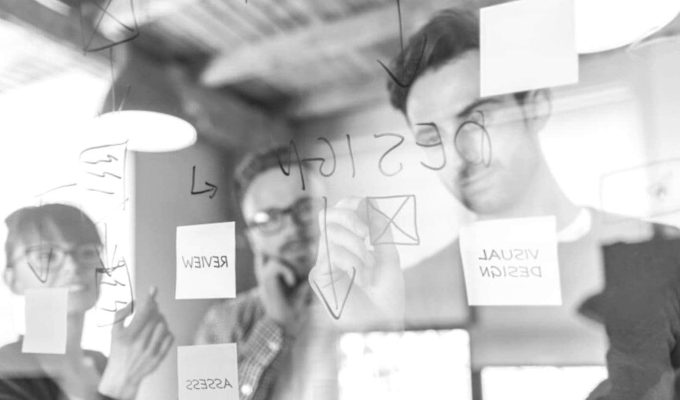
Start business transformation and develop the business model in 9 steps.
Become part of the New Leadership Community:
Regularly receive exclusive insider knowledge, practical tools and immediately implementable solutions on the topic of ‘New Leadership’.
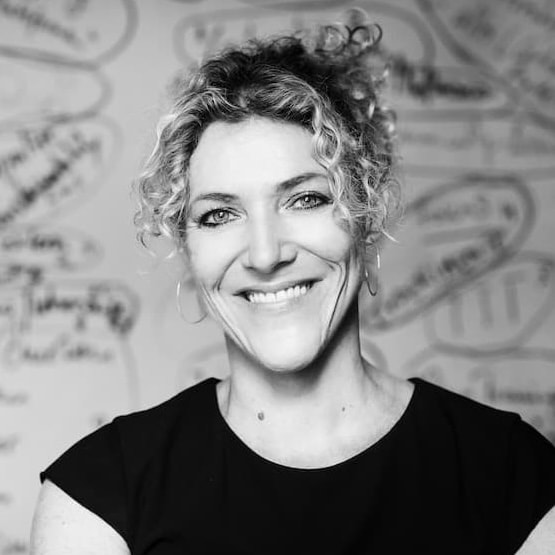
Contact
Let Verena advise you individually on how you can advance organizational development.
